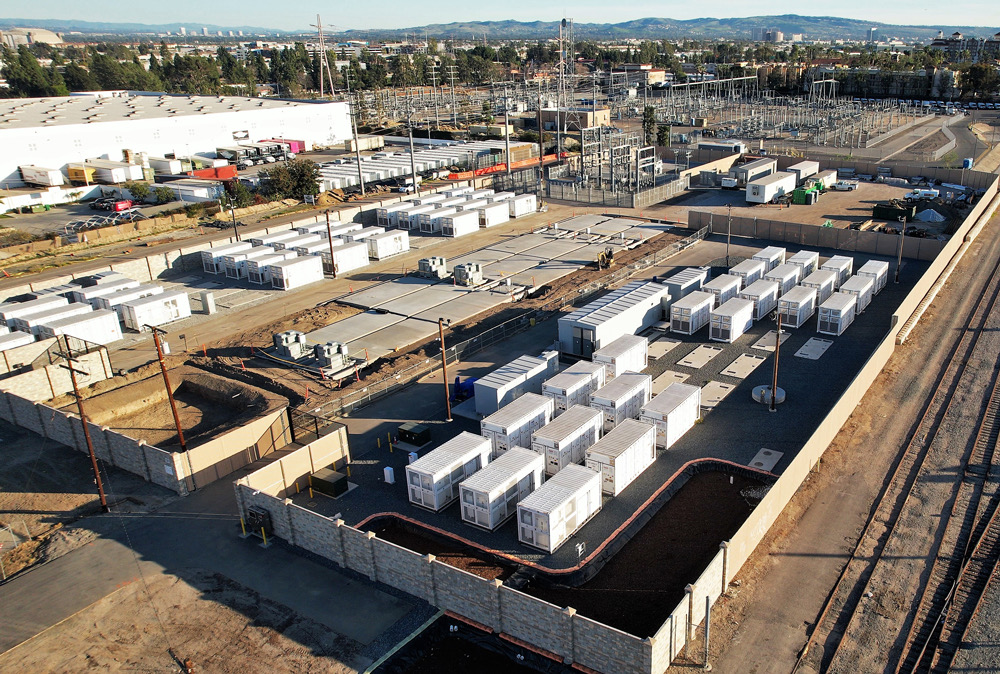
According to a report, the U.S. energy storage market set quarterly records and an annual record for new capacity additions.
The U.S. has installed 4,727 MWh (more than the three previous quarters) of energy storage in Quarter 4 2021. This was a record quarterly for grid-scale added capacity.
The annual installed capacity for grid-scale storage also broke a new record in 2021, with 3 GW/9.2GW, more than triple the capacity that was added in the previous year. Total energy storage deployment, including residential units, reached 3.5 GW/10.5GWh.
Wood Mackenzie and American Clean Power Association report that 2 GW of grid-scale capacity was not installed in 2021 due to supply chain constraints. These issues are expected continue through 2024.
American Clean Power vice president of energy Storage Jason Burwen praised the U.S. industry for persevering despite a lack of proactive federal policy. This acknowledgement was made in reference to the stalled BuildBack Better Act, which included an investment-tax credit for standalone storage.
Burwen stated, “The grid-scale markets are still on track for exponentially growing.”
The report projects that residential installments will reach 2GW/5.4GWh in 2026, thanks to market leaders California (Puerto Rico), Texas (Texas) and Florida.
The largest energy storage project completed in 2021, according to S&P, was Florida Power & Light’s 409 MW/900 MWh Manatee Energy Storage Center.
Rapid energy storage deployment is crucial for an electric grid that plans to heavily rely on renewable energy sources such as solar and wind in the future. The majority of energy storage in 2021 was made up of lithium-ion battery, which can store between 2 and 4 hours.
The U.S. energy storage supply chains are still vulnerable because only three or fewer countries own more than half the lithium-ion battery mine production. The electric vehicle industry is increasing demand for batteries, which is also putting pressure on supply chains.
The U.S. energy storage supply chain, specifically for lithium-ion batteries, is at a “significant disadvantage” when compared to China, and the rest of Asia and Europe, in some cases, according to a report issued by the Department of Energy (DOE) on the state of clean energy supply chains.
DOE recommended that the U.S. put emphasis on the development sustainable upstream and midstream recycling facilities to support grid store. It also recommended the development industry for end-of life batteries to be used in grid storage. The report also recommended that the U.S. develop and deploy diverse long-duration energy storage solutions.

